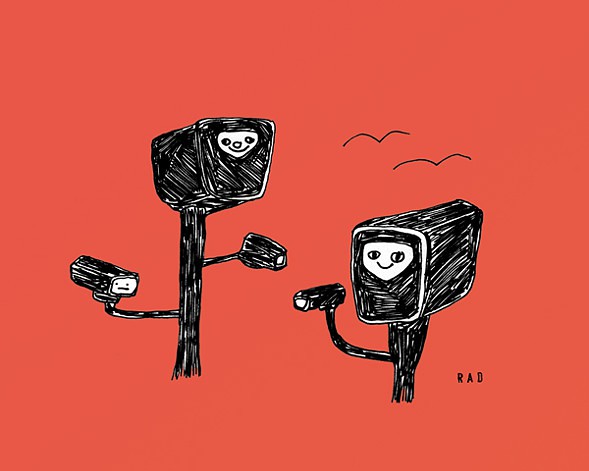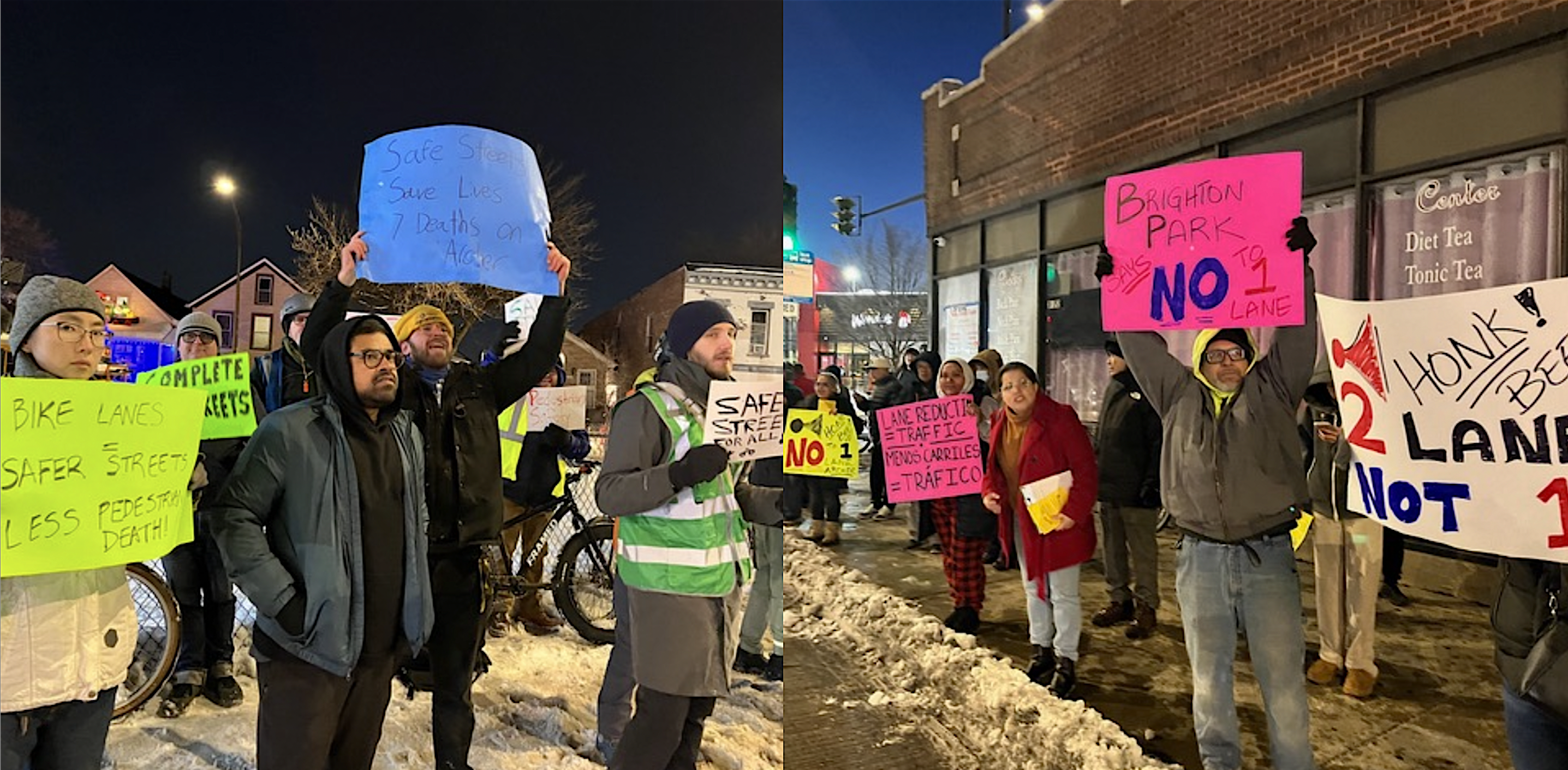[Today the Chicago Reader launched a new weekly transportation column written by Streetsblog Chicago editor John Greenfield. This partnership will allow Streetsblog to extend the reach of our livable streets advocacy. We'll be syndicating a portion of the column on the day it comes out online; you can read the remainder on the Reader's website or in print. The paper hits the streets on Thursdays.]
There's a mountain of evidence from around the world that automated traffic enforcement saves lives. For example, a 2012 study in the Journal of Accident Analysis and Prevention credited the widespread use of speed cameras in France with saving more than 15,000 lives over a seven-year period.
However, Chicago’s traffic cameras have been highly contentious. Not only do drivers hate getting tickets, but starting in 2012 a Chicago Tribune seriesuncovered a number of issues with the red light camera program, mostly under the last Mayor Daley. These ranged from dubious cam locations to a bribery scheme by the vendor, Redflex.
Current mayor Rahm Emanuel’s speed camera program, which launched in October 2013 and has installed 150 cameras in 63 “Children’s Safety Zones” around schools and parks, has been less controversial so far. But last week, Trib reporters David Kidwell, who spearheaded the red light coverage, and Abraham Epton went nuclear on the speed cameras.
In four long, mind-numbingly detailed articles, covering the better part of eight pages of newsprint, the reporters described how the cameras have issued roughly $2.4 million in questionable tickets. That represents about 2.6 percent of the roughly $81 million in tickets produced over the last two years.
They quoted a dozen or so drivers who complained that the tickets they received were unfair because they were issued while parks were closed, children weren’t present in school zones, or warning signs were missing, contrary to state law and city ordinance.
“It’s a sneaky thing to do,” north sider Alissa Friedman told the paper.
Kidwell and Epton also attacked the locations of the cameras, which state law dictates can only be installed within eighth-mile zones around schools and parks.
“While it was pitched by the mayor as a way to protect youngsters walking near parks and schools, the most prolific cameras in the two-year-old ‘Children’s Safety Zone’ initiative can be found along major roadways, where crash data shows child pedestrians are least likely to be struck by speeders,” they wrote. They also noted that some of the cams on busy streets are justified by their proximity to small parks with limited foot traffic.
But, as with the paper’s red light coverage, the speed camera articles show a strong bias against automated enforcement in general. Once again, the paper largely ignored the safety benefits of the cams, even though they’re widely documented.
The reporters also chose not to discuss the reasons speed enforcement is crucial, not just for the safety of children, but for everybody. The city’s default speed limit is 30 mph, and for good reason: studies show that pedestrians who are struck at this speed usually survive, while those struck at 40 almost always die.
Read the rest of the story on the Chicago Reader website.
Streetsblog Chicago will resume publication on Monday. Have a great Thanksgiving!





